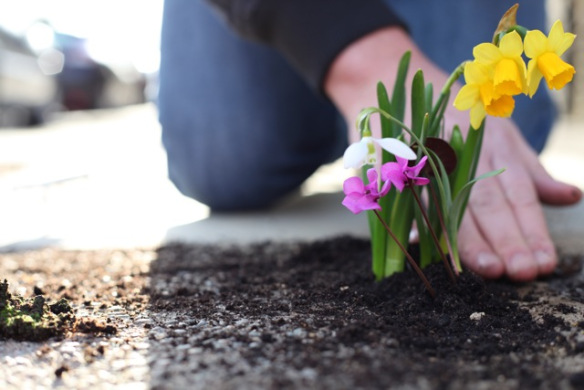
We can credit a lot of things to the 1960s. Taco Bell, Sesame Street, and Jolly Okot are just a few of the gems created in the turbulent and iconic decade. Add another to the list: guerrilla gardening.
Guerilla gardening grew out of an idea created during the Summer of Love in 1967 and has since, played a small but important role in our culture. Beware: this isn’t your grandparents’ gardening – or is it? It takes place mostly at night, and it’s illegal.
Guerilla gardeners show up in front of empty lots or dilapidated storefronts, armed with a handful of seed bombs and flowers ready to be planted in a moments notice. They leave no sign that they were there, except for the fresh foliage escaping from the concrete. When the sun rises and the world awakens, its inhabitants are greeted by bright colors and the inviting scent of fresh soil. Sound familiar?
The aesthetic benefits to this underground activity are obvious, but what about the social and cultural benefits? Studies have shown that plants increase our concentration, improve our sense of compassion, and give us more energy. In addition, and perhaps the most important to note, is the fact that neighborhoods with well-maintained parks and gardens tend to have less crime.
James Ramsey and Dan Barasch, founders of the Lowline Project, understand the many benefits of plants and urban revitalization. Together they’re advocating to turn New York City’s dormant Williamsburg Trolley Terminal into the world’s first multi-purpose underground park.
With the movement spreading its roots across the country, it’s safe to say this type of “vandalism” will be here for years to come. Spring is right around the corner and now may be the perfect time to roll up your sleeves, get a little dirty for your community, combat urbanization with impromptu gardens, and breath new life into your neighborhood or workspace.
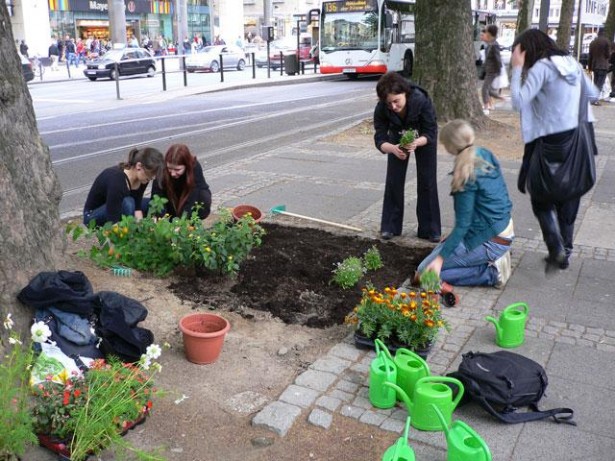
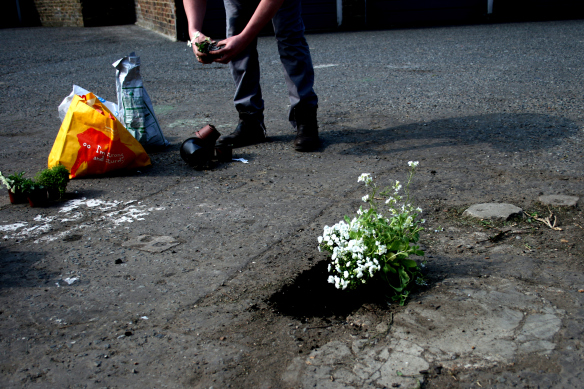
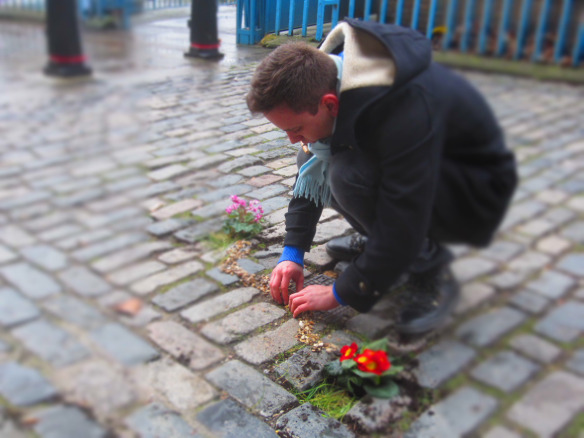
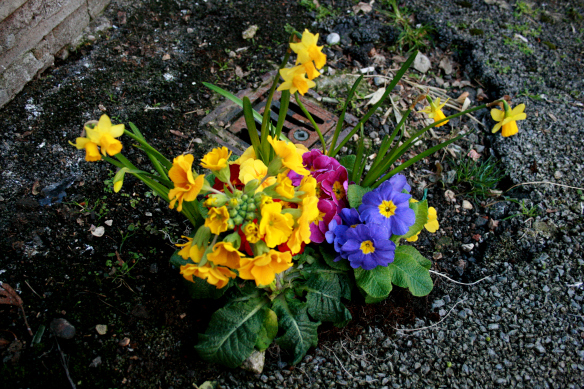
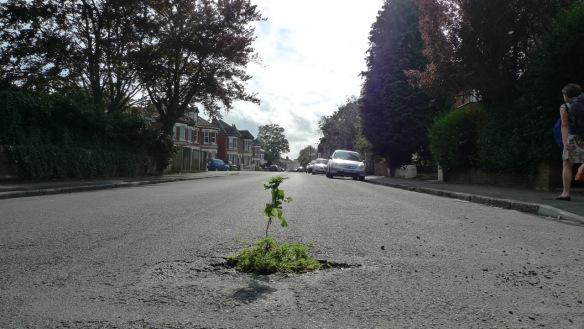
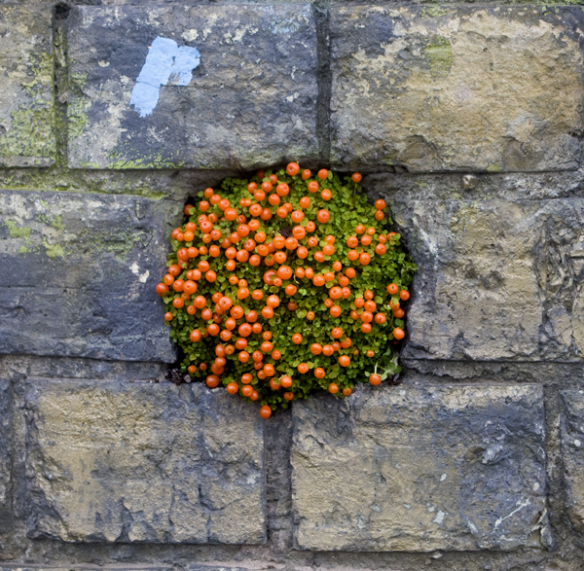
Think people should hear about this?